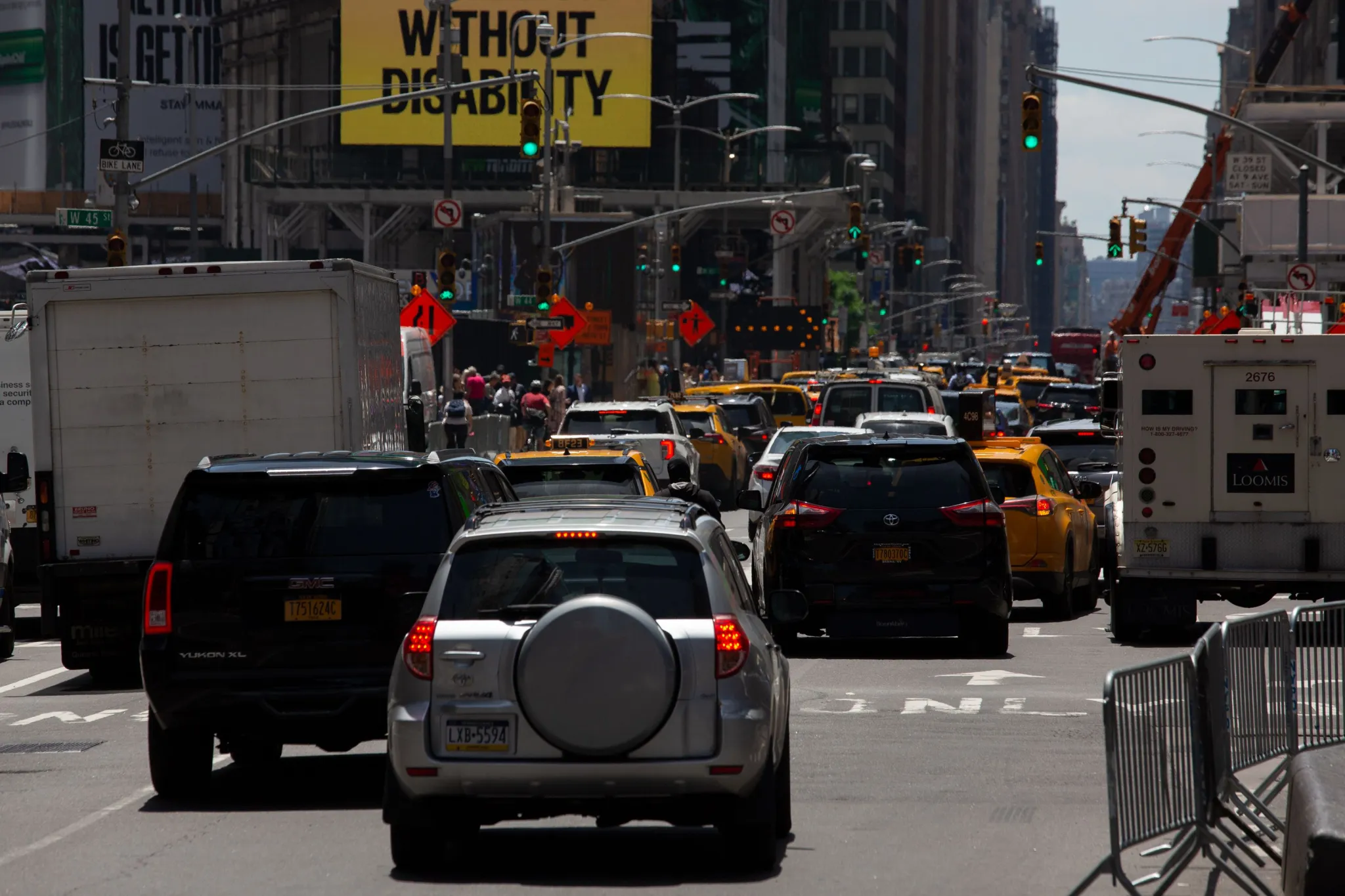Hochul Hints Congestion Pricing on a Slower Drive to Finish Line
MTA officials say that the federal government is asking too many questions; Gov. Kathy Hochul says maybe it’s not the right time. What is the final destination for the long-talked about plan to toll drivers coming into Manhattan’s center?

 This article was originally published on by THE CITY.
This article was originally published on by THE CITY.
A day after Gov. Kathy Hochul said “now is not the right time” for congestion pricing, she reaffirmed her support for implementing the long-delayed plan to toll vehicles entering Manhattan — eventually.
Hochul scrambled to emphasize Wednesday that she stands behind a program designed to fund mass transit upgrades and reduce traffic after saying at a Democratic gubernatorial debate the night before that it is “not going to happen over the next year under any circumstances.”

Brooklyn Boro
View MoreNew York City’s most populous borough, Brooklyn, is home to nearly 2.6 million residents. If Brooklyn were an independent city it would be the fourth largest city in the United States. While Brooklyn has become the epitome of ‘cool and hip’ in recent years, for those that were born here, raised families here and improved communities over the years, Brooklyn has never been ‘uncool’.